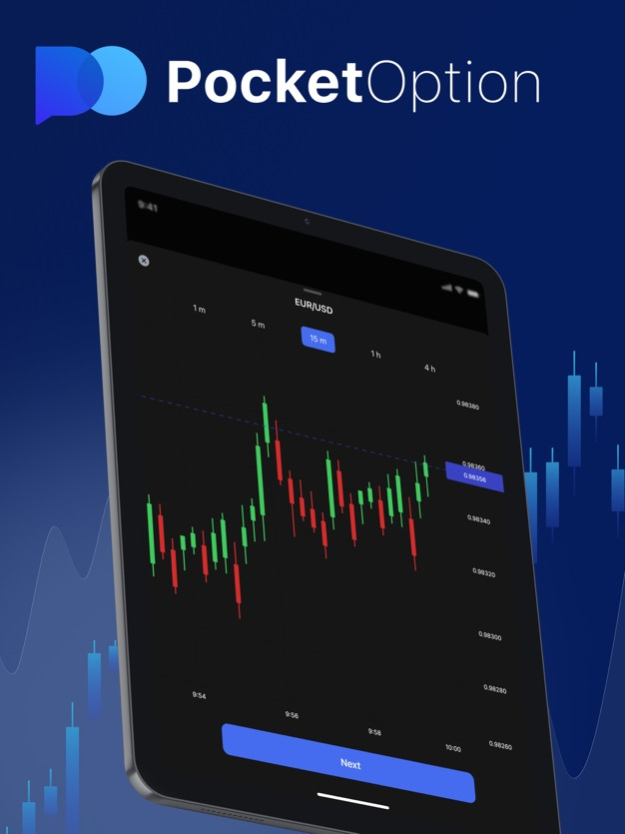
Trading with Ichimoku Kinko Hyo: A Comprehensive Guide
The world of trading is filled with various strategies and tools that can help traders make informed decisions. One such tool is the Ichimoku Kinko Hyo, a multi-faceted system that provides a holistic view of market conditions. In this article, we will explore how to effectively use Ichimoku Kinko Hyo for your trading strategy. For those eager to dive deeper, you can check out this resource: Trading with Ichimoku Kinko Hyo in Pocket Option https://trading-pocketoption.com/torgovlya-s-pomoshhyu-ichimoku-kinko-hyo-v-terminale-ot-pocket-option/.
Understanding Ichimoku Kinko Hyo
Developed in Japan, Ichimoku Kinko Hyo translates to “one glance equilibrium chart.” This double-reference system encompasses five key components that help traders assess market trends, support and resistance levels, and the potential future movement of prices.
- Tenkan-sen (Conversion Line): This is calculated using the average of the highest high and the lowest low over the last nine periods. It serves as a short-term indicator of trend direction.
- Kijun-sen (Base Line): The base line is derived from the average of the highest high and the lowest low over the last 26 periods. It indicates longer-term trend direction.
- Senko Span A (Leading Span A): This component is the average of the Tenkan-sen and Kijun-sen, plotted 26 periods ahead. It forms the first boundary of the ‘cloud.’
- Senko Span B (Leading Span B): Calculated using the average of the highest high and lowest low over the last 52 periods, this line is also plotted 26 periods ahead, creating a longer-term cloud boundary.
- Chikou Span (Lagging Span): The closing price, lagged back 26 periods, helps in confirming trends by providing insight into past price movements.
How Ichimoku Kinko Hyo Works
One of the reasons traders favor Ichimoku Kinko Hyo is its ability to identify trends and reversals at a glance. The cloud formed between Senko Span A and Senko Span B offers a clear visual, with potential bullish or bearish signals depending on the position of price relative to the cloud.
Interpreting the Cloud
When price is above the cloud, it indicates a bullish trend. Conversely, when price is below the cloud, it signifies a bearish trend. When the price is within the cloud, it reflects consolidation or indecision in the market.

Trading Signals
Traders can use Ichimoku Kinko Hyo to identify potential trading signals. Here are some common strategies:
- Crossovers: When the Tenkan-sen crosses above the Kijun-sen, it signals a potential buy. If it crosses below, it indicates a sell signal.
- Cloud Breakouts: A price breakout above the cloud suggests a strong buy opportunity, while a breakdown below the cloud suggests a sell opportunity.
- Support and Resistance: The edges of the cloud can act as dynamic support and resistance levels, guiding traders on where to place stop-loss and take-profit orders.
Best Practices for Using Ichimoku Kinko Hyo
While Ichimoku Kinko Hyo can be a powerful tool, it’s important to combine it with other forms of analysis, such as fundamental analysis, to enhance trading decisions. Here are some best practices:
- Time Frames: Test the indicator across multiple time frames to find the one that fits your trading style best.
- Risk Management: Always apply sound risk management techniques. Set stop-loss orders to minimize potential losses.
- Backtesting: Before applying Ichimoku Kinko Hyo to live trading, backtest the strategy against historical data to gauge effectiveness.
- Stay Updated: Market dynamics can change. Keep abreast of market news and events that can impact your trading.
Conclusion
Trading with Ichimoku Kinko Hyo can significantly enhance your analysis and trading strategy. By mastering its components and understanding how to interpret signals, you can improve your trading decisions and potentially increase your profitability. Remember, as with any trading tool, it’s essential to practice and remain disciplined to achieve consistent results. Happy trading!